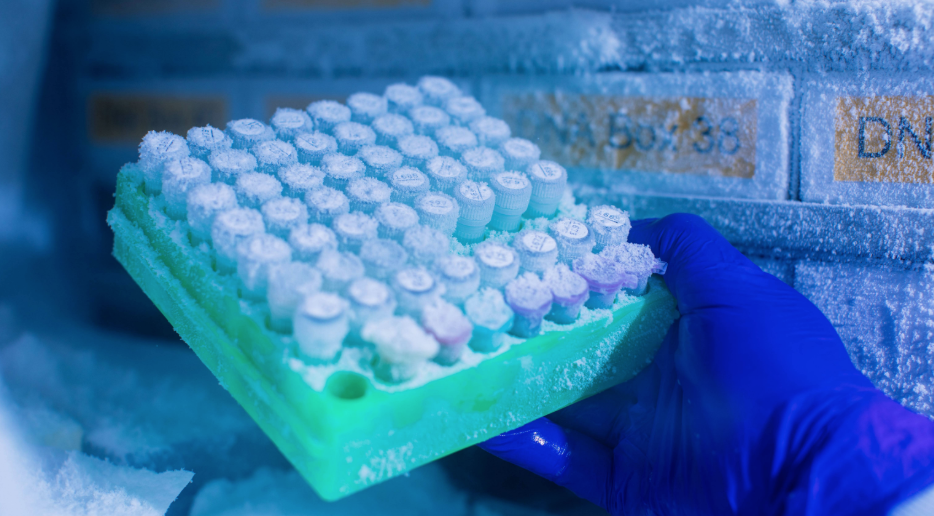Process automation based on Artificial Intelligence (AI), data analysis, robotics, the internet, and other rapidly evolving technological advances is revolutionizing biobanking, biorepositories, and biospecific science. With the evolution of biobanking from simple collections of frozen samples to virtual biobanks and the life sciences observed today, the growth of biobanks brings the transformational potential to every country and its health system and economy.
The immediate focus of the rapidly growing biobank appears to be on disease understanding, discovery, and drug development. As biobank research hopes to provide new perspectives on the genetic components of human disease, another focus is on developing automated and more personalized approaches to healthcare. However, there are so many centers of biobank such as https://www.geneticistinc.com/blog/what-is-a-biobank that perform several types of research for future development in the health field.

Image Source: Google
However, the broader focus does not seem to be limited to the human health revolution. Biobanks with a focus on plants, animals, and microbes are also growing rapidly. From disease-focused biobanks to population-based banks, blood banks, gene banks, DNA/RNA banks, tissue banks, microbiome banks, virtual biobanks, stem cell banks, and more, there are different types of special projects managed by public biobanks and private sector in different nations.
Biobank Development:
The development of biobanks enables the rapid collection of large stocks of human biological materials and related information along with non-human materials: plants, animals, microbes and others for use in agriculture, ecology, medical research and drug development. It is hoped that the development of a wide variety of biobanks and sharing opportunities will revolutionize research leading to personalized medicine and more.